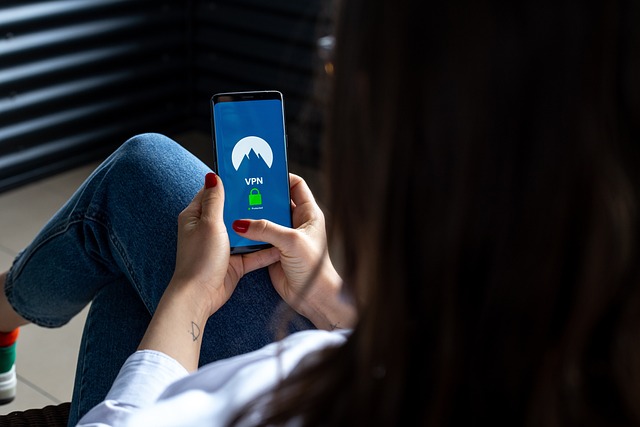Protecting sensitive data when using public networks
Public Wi‑Fi and shared networks are convenient but expose sensitive data to eavesdropping and targeted attacks. This article outlines practical steps to protect personal and corporate information on smartphones and other devices, covering encryption, authentication, malware and phishing defenses, secure VPN use, timely updates, and sensible permission and backup practices.

Public Wi‑Fi and other shared networks are convenient but can expose sensitive information to interception, device compromise, or account takeover. When you use a smartphone on an open network—at a cafe, airport, or hotel—attackers may monitor traffic, impersonate services, or push malicious content. This article explains concrete, verifiable steps to reduce those risks while preserving privacy and meeting basic compliance expectations for personal and business use.
How to secure your smartphone
Start with device-level hygiene. Configure a strong screen lock and enable biometric or multi‑factor authentication where available so physical access alone cannot reveal accounts. Review app permissions and remove or limit access to location, microphone, and contacts for apps that do not need them. Use the operating system’s privacy settings to restrict background data and disable automatic connection to open hotspots. Consider sandboxing or limiting app capabilities for apps that handle sensitive files. Regularly back up important data so a lost or compromised device does not result in permanent data loss.
What is encryption and why it matters
Encryption protects data in transit and at rest. Use end‑to‑end encrypted messaging and enable full‑disk or file encryption on your smartphone so local data remains unreadable without authentication. For web traffic, prefer sites using HTTPS and check certificates when prompted. Encrypted cloud storage adds a layer of protection for backups. When sharing files over public networks, ensure uploads and downloads occur over encrypted channels to reduce the chance of interception and to support basic privacy and compliance requirements.
How to avoid phishing and malware
Phishing and malware are common vectors on public networks. Be cautious with unexpected links in email, text messages, or social platforms—phishing pages often imitate legitimate login screens to harvest credentials. Avoid installing apps from unknown sources; use official app stores which typically scan for malware. Run reputable antivirus or endpoint protection on devices when available, and treat file downloads from unfamiliar sites with skepticism. If a prompt requests elevated permissions or a certificate installation while on public Wi‑Fi, pause and verify origin before proceeding.
Authentication and permissions best practices
Strong authentication reduces the impact of intercepted credentials. Use unique passwords and a password manager to avoid reuse across accounts, and enable multi‑factor authentication for email, financial services, and work systems. Limit app permissions to the minimum required and revoke those that are unnecessary. For sensitive apps, prefer session timeouts and re‑authentication policies. Sandboxing features and permission dialogs provide containment: apps should not have free rein over sensors, storage, or communication channels without explicit acceptance.
Using a VPN on public networks
A virtual private network (VPN) encrypts traffic from your device to a trusted endpoint, making it harder for on‑network eavesdroppers to read your data or hijack sessions. Choose VPN clients that are well‑reviewed, respect privacy, and use strong protocols. Be aware that VPNs protect the transport layer but do not prevent phishing or malware on the device itself. For business use, organization‑provided VPNs often include access controls and logging needed for compliance; for personal use, select providers with clear privacy policies. Always authenticate the VPN connection before transmitting sensitive information.
Updates, firmware, antivirus, and backup
Keep the operating system and app updates current—patches close vulnerabilities that attackers can exploit on public networks. Update device firmware and review update notifications from hardware vendors. Install vetted antivirus or endpoint tools to detect known malware and suspicious behavior; these tools complement but do not replace cautious user behavior. Maintain regular backups of essential data to local encrypted storage or to trusted cloud services; a recent backup reduces downtime after compromise. Together, updates, firmware hygiene, antivirus, and reliable backups form a resilience strategy against common threats.
Protecting sensitive data on public networks requires layered defenses: securing the device, using encryption and VPNs, practicing strong authentication, staying alert to phishing and malware, managing permissions and sandboxing, and keeping software current with reliable backups. Combining these practical measures reduces risk for individuals and supports basic privacy and compliance goals without unduly hindering everyday use.





